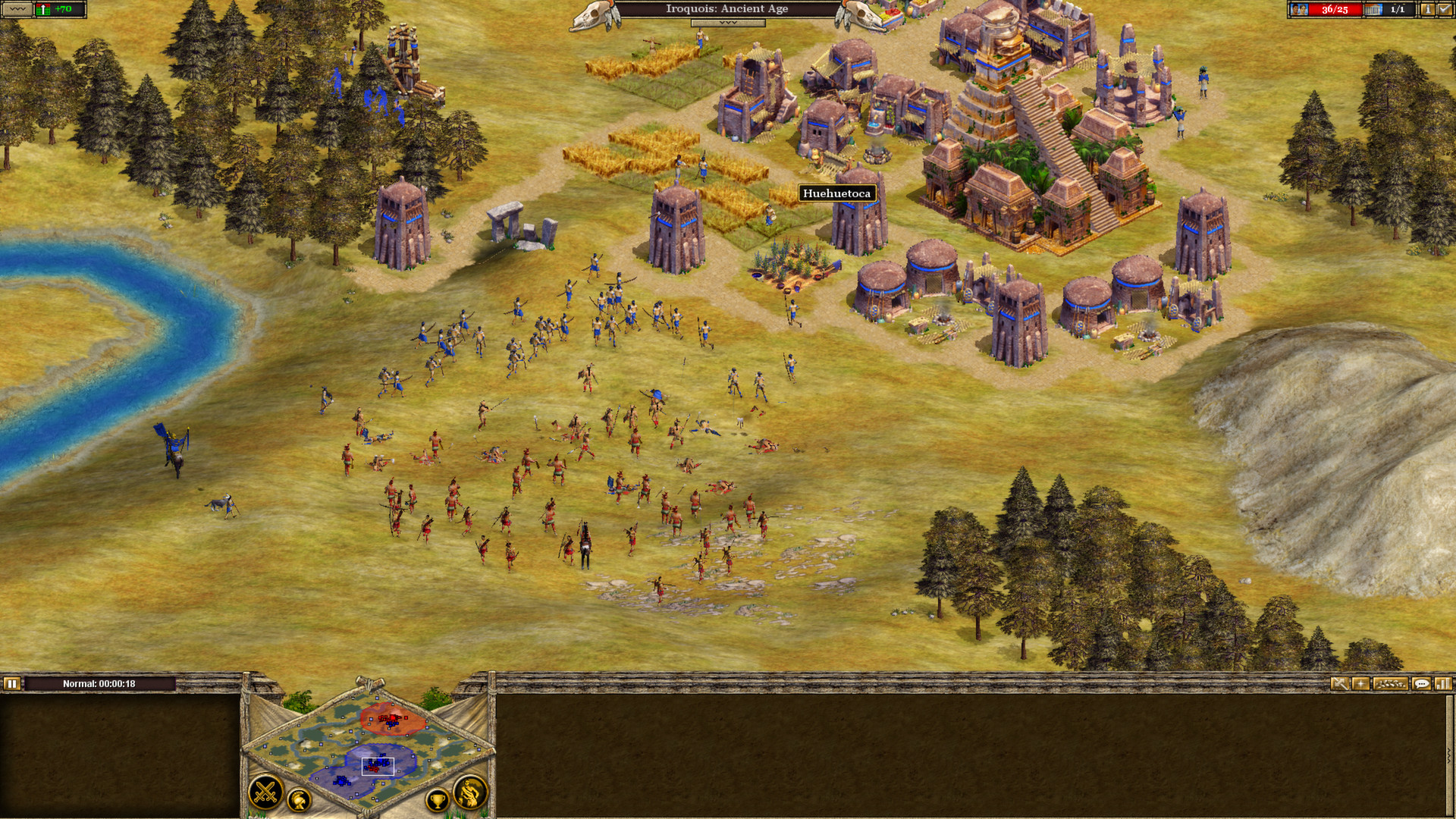The transition from medieval to modern times was marked by the consolidation of royal power, the decline of serfdom, the revolt against the medieval church, and the increasing importance of a money economy. These changes were hastened by the calamity and hardships of the late Middle Ages, including the Hundred Years’ War, the Black Death, the Great Schism in the church, and the threat of Turkish invasion.
In France, the consolidation of royal power was interrupted by the Hundred Years’ War (1337-1453). The war broke out after Edward III of England laid claim to the French throne. England gained early victories at Crecy (1346) and Poitiers (1356) and captured the French king.
A peasant revolt, the Jacquerie, and factional strife between Armagnacs and Burgundians contributed to French inability to unify against the English. After the battle of Agincourt (1415), the French king, Charles VI, adopted Henry V of England as heir to the throne. Rallying behind Joan of Arc, whose mystical faith inspired French patriotism, French armies began to drive the English back. Although Joan was burned at the stake for witchcraft, the new French king Charles VII regained control of his lands.
By the end of the Hundred Years’ War, the French monarch had gained important powers from the Estates General: the right to keep a standing army and the right to collect the taille. Louis XI (1461-1483), a crafty politician, centralized royal administration, eliminated bastard feudalism, and laid the foundations for absolutism in France.
In England, a strong national monarchy also had emerged by the late 1400s. However, unlike France, where the Estates General was subservient to the Crown, the English Parliament had power to grant money and thereby exert control over the monarch.
During the fourteenth and fifteenth centuries, England was affected by social and economic dislocations as a result of the Black Death. The emergence of English nationalism was reflected in the official use of English in place of Norman French. In Parliament, two houses began to emerge, and a significant alliance evolved between knights and burgesses in the House of Commons.
Henry VII (r. 1485-1509), a shrewd ruler who established the Tudor dynasty, restored property, law, and order after the factional strife of the Wars of the Roses (1455-1485). He also centralized royal authority and inaugurated new fiscal policies.
In Spain, three Christian kingdoms had emerged by the fifteenth century: Castile, Portugal, and Aragon. A dynastic marriage between Ferdinand of Aragon and Isabella of Castile led to the consolidation of royal power in Spain. With the support of the church, Spain imposed religious uniformity, forcing tens of thousands of Spanish Jews and Muslims to convert. By 1492, Ferdinand and Isabella had ousted the Muslims from their last stronghold in Granada and embarked on a policy of religious and national intolerance that would mark the Spanish monarchy for centuries to come.
In Germany, the principle of an elective monarchy triumphed in the fourteenth century and was confirmed in the Golden Bull of 1356. Sovereign princes and free cities ruled their own territories. In the west, the Swiss Confederation became virtually independent of the Holy Roman Empire. After 1483, Holy Roman emperors, though elected, were always members of the house of Habsburg.
In Italy, individual city-states rather than any central authority prevented the development of national awareness. Of the three most powerful states of northern Italy—Milan, Florence, and Venice—only Venice enjoyed political stability under merchant oligarchs. Venice introduced the idea of establishing diplomatic embassies throughout Europe.
The Florentine diplomat Niccole Machiavelli (1469-1527) wrote two books, The Prince and The Discourses, which embodied ideas that would shape the modern world: the primacy of secular over religious interests, the realities of power politics, and the importance of national identity.

